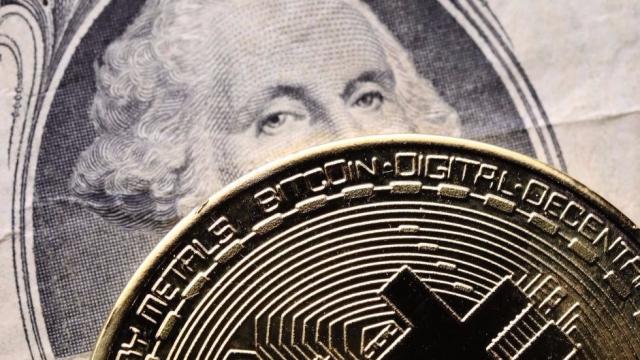New to Bitcoin Spreads and Binary Options? Here are some tips from tax officer on how not to lose control?
During December Bitcoin prices shot up to $20,000, increasing twenty-fold this past year. This triggered rumors of the Bitcoin Mania possibly surpassing the Tulip Mania– which spread across the world-wide-web with a mixture of fear and excitement.
Bitcoin’s 100 percent price surge during the first three weeks of December agitated regulators in Asia Pacific, since Japan, South Korea and Vietnam together accounted for 80 percent of Bitcoin trading activity. Japan’s central bank chief described it as “abnormal.” Denmark’s central bank chief took it up a notch, by calling it “deadly.”
The central bank chiefs of US, Australia and the Turkish deputy prime minister were a bit more diplomatic, characterizing it as “highly speculative.” The central bank chiefs of the United Arab Emirates and Saudi Arabia ignored it, instead kept their focus on testing a new digital currency built on Blockchain technology, for use in cross-border payments. Regulators in Venezuela, Zimbabwe and Nigeria welcomed it as a savior to their highly dysfunctional economies.
The diverse reactions of investors and regulators to Bitcoin’s price spike were irreconcilable.
Behavioral economics
This phenomenon was best explained by 2017 Nobel Prize winner economist Richard H. Thaler, who by integrating economics with psychology, explored the impact of limited rationality, social preferences, and lack of self-control on individual economic decision making. During his cameo appearance in the Oscar-winning credit crisis movie, “The Big Short (2015)”— sitting at a blackjack table in Las Vegas next to beautiful pop star Selena Gomez, Thaler – encouraged by the stacks of casino tokens at his disposal– explained that a “classic error” investors make, is the hot-hand fallacy “thinking whatever is happening now is going to continue to happen in the future.”
Therefore when Bitcoin’s price flash crashed on Dec. 22, all the way down to $11,970, losing more than 30 percent of its value in a day, those investors who had developed a hot-hand fallacy regarding Bitcoin’s upward price surge, began selling them in a panic, all over the world-wide-web. The flash crash wiped out $210 bln from the virtual currency markets. It bankrupted a South Korean virtual currency exchange after it was hacked for the second time. It halted trading at several virtual currency and futures exchanges including the Chicago Mercantile Exchange (CME) and the Chicago Board Options Exchange (CBOE) due to frantic trading activity. And it brought down the prices of all other virtual currencies along the way. But panic selling was not the only investor reaction to Bitcoin’s flash crash.
Limited rationality
Thaler developed the theory of mental accounting, explaining how people simplify financial decision-making by creating separate accounts in their minds, focusing on the narrow impact of each individual economic decision on themselves rather than its overall effect.
Days before Bitcoin’s price plunge, some long holders and founders of virtual currencies who had an aversion to losses – a phenomenon Thaler called the endowment effect – began taking their virtual currency profits by selling them.
For example, the Co-founder of Bitcoin.com, one of the world’s largest Bitcoin websites, Emil Oldenburg, divested from all of his Bitcoins with the belief that others would do the same when they realized how illiquid and high in transaction costs the Bitcoin market was. And Litecoin’s Founder Charlie Lee sold all of his Litecoins to resolve the “conflict of interest” within himself.
Source: Is It Only About Taxes? Bitcoin Spreads Explained: Expert Blog



















